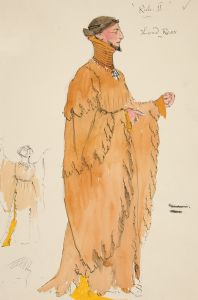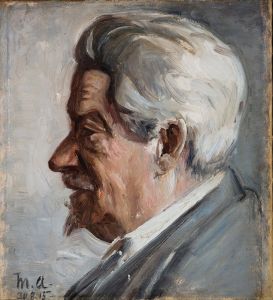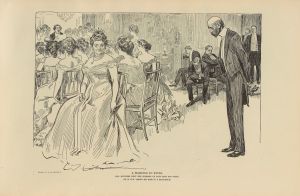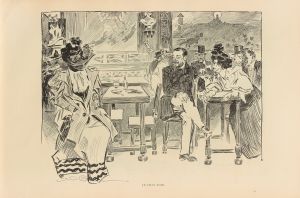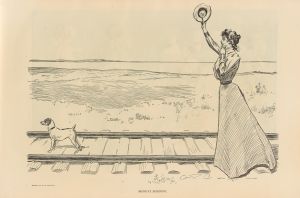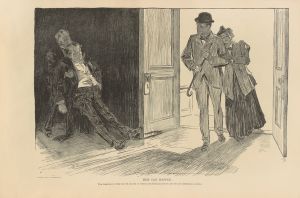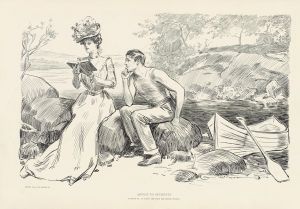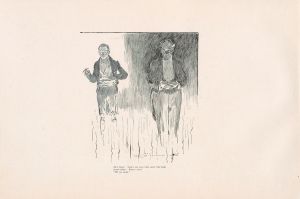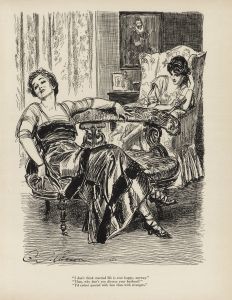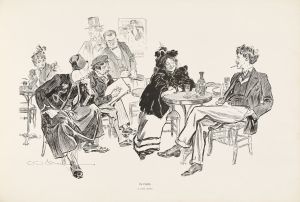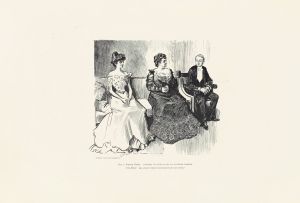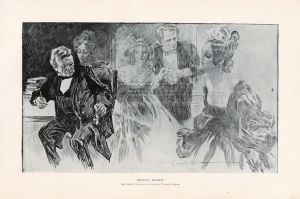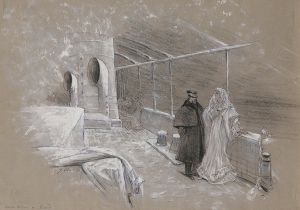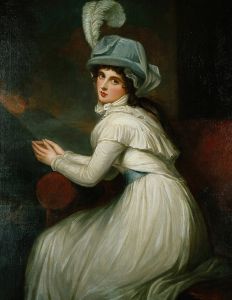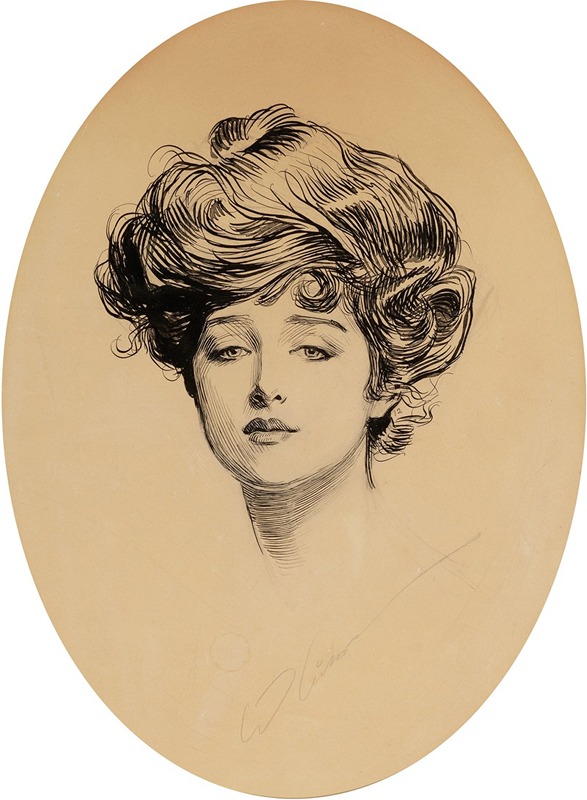
The Gibson Girl
A hand-painted replica of Charles Dana Gibson’s masterpiece The Gibson Girl, meticulously crafted by professional artists to capture the true essence of the original. Each piece is created with museum-quality canvas and rare mineral pigments, carefully painted by experienced artists with delicate brushstrokes and rich, layered colors to perfectly recreate the texture of the original artwork. Unlike machine-printed reproductions, this hand-painted version brings the painting to life, infused with the artist’s emotions and skill in every stroke. Whether for personal collection or home decoration, it instantly elevates the artistic atmosphere of any space.
The Gibson Girl was an iconic representation of the idealized American woman at the turn of the 20th century, created by the talented illustrator Charles Dana Gibson. Emerging in the 1890s, the Gibson Girl became a cultural phenomenon, symbolizing a new era of femininity and independence. Charles Dana Gibson, an American graphic artist, was born on September 14, 1867, in Roxbury, Massachusetts. He studied at the Art Students League in New York City and began his career as an illustrator in the late 1880s.
The Gibson Girl was not a single artwork but rather a series of illustrations that appeared in popular magazines of the time, such as "Life," "Harper's Weekly," and "Collier's Weekly." These illustrations depicted a young woman who was both beautiful and independent, embodying the changing roles of women in society. The Gibson Girl was characterized by her tall, slender figure, upswept hair, and fashionable attire. She was often portrayed engaging in various activities, from playing sports to attending social events, reflecting the growing opportunities for women during this period.
Gibson's creation was inspired by the societal changes occurring in the United States during the late 19th and early 20th centuries. The Gibson Girl represented the "New Woman," a term used to describe women who were seeking greater personal and professional autonomy. This era saw the rise of the women's suffrage movement, increased access to higher education for women, and a growing presence of women in the workforce. The Gibson Girl captured the spirit of this transformation, appealing to both men and women who were navigating these cultural shifts.
The popularity of the Gibson Girl was immense, and she became a standard of beauty and fashion. Her image was widely reproduced in various forms, including postcards, calendars, and merchandise. The Gibson Girl's influence extended beyond the United States, as her image was recognized internationally. She set a precedent for future representations of women in media and advertising, influencing the portrayal of femininity for decades to come.
Despite her widespread appeal, the Gibson Girl was not without criticism. Some viewed her as an unrealistic ideal that reinforced certain societal expectations of women. Critics argued that while she represented independence, she also adhered to traditional standards of beauty and femininity, which could be limiting. Nonetheless, the Gibson Girl remains a significant cultural icon, reflecting the complexities of gender roles during a pivotal time in American history.
Charles Dana Gibson's work on the Gibson Girl continued until the early 1910s, when changing fashions and societal attitudes led to the decline of her popularity. However, the legacy of the Gibson Girl endures as a symbol of the evolving role of women in society and the power of illustration in shaping cultural ideals. Gibson's contribution to American art and culture is remembered for its impact on the perception of women and the visual arts during a transformative era.





